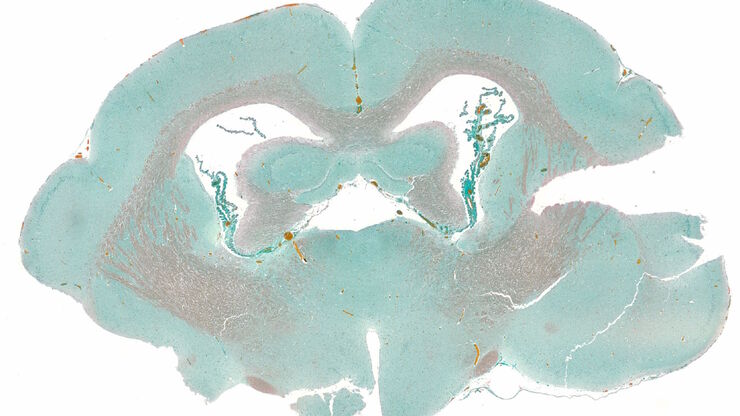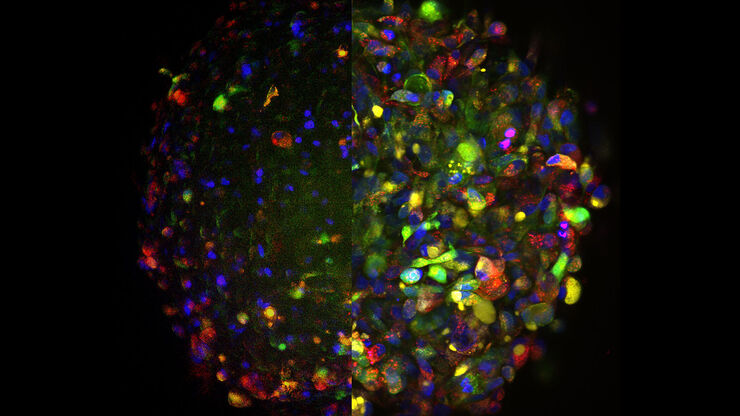Lynne Turnbull

Lynne ist eine leitende Wissenschaftlerin bei Leica Microsystems. Sie promovierte in Sydney (Australien) im Bereich der Herzbiophysik und absolvierte eine Postdoc-Ausbildung in San Francisco und Melbourne. Lynnes Forschungsinteressen verlagerten sich auf bakterielle Biofilme und Motilität, und sie nutzte verschiedene Arten der Bildgebung, um zu erforschen und zu verstehen, wie Bakterien Gemeinschaften bilden und sich in ihrer Umgebung bewegen. Nach ihrem Wechsel an die University of Technology Sydney gründete und leitete Lynne die Microbial Imaging Facility. Lynne kam 2016 zu GE, um in ganz Asien Anwendungsunterstützung für hochauflösende Mikroskopie zu leisten. Seit 2021 arbeitet Lynne bei Leica Microsystems in den Labors des EMBL Imaging Center in Heidelberg.








